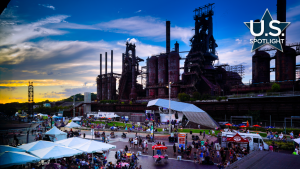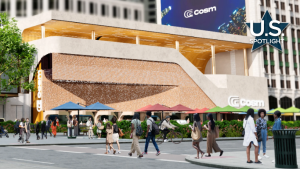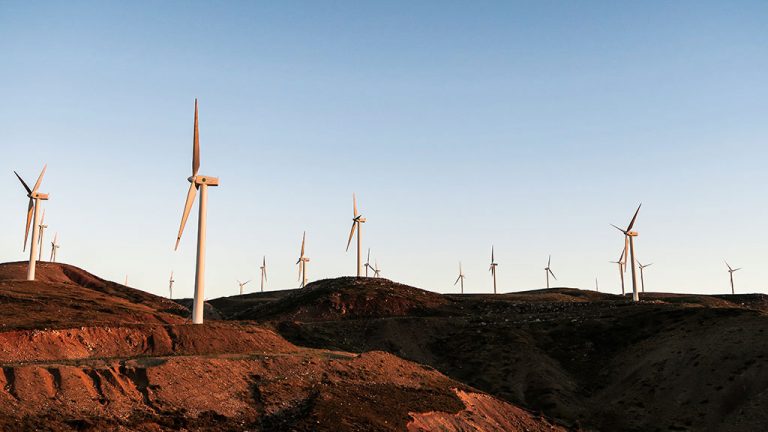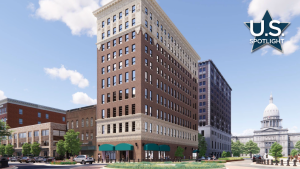The state of Texas is determined to maintain its leadership in U.S space exploration. A $350 million investment initiative, recently approved by the Texas Legislature, has allocated $200 million for the construction of a Texas A&M research facility to be located next to NASA’s Johnson Space Center in Houston.
As detailed in its media release, a three-party consortium will be created that will enable scientists and other personnel at the facility to support mission training, aeronautics research, advanced robotics and work on lunar and Martian exploration. As part of this initiative, Texas A&M will also be looking for partnerships with public and private entities in a variety of sectors from across the country.
“The Texas A&M Space Institute will make sure the state expands its role as a leader in the new space economy,” said John Sharp, chancellor of the Texas A&M System. “No university is better equipped for aeronautics and space projects than Texas A&M.”
According to local media, negotiations are underway for A&M officials to lease a 32 acre property on Saturn Lane, adjacent to Rocket Park at the entrance to the Johnson Space Center.
A group of interested parties, including those in the private sector, held a workshop in October at the A&M Hotel and Conference Center to discuss the various uses and needs for the new space research facility.
Former long-time NASA employee Rob Ambrose said Texas A&M’s facility will be be a magnet for anyone wanting to do lunar surface work, and will position Texas for the next moon era, followed by Mars.
“It’s basically setting up the next two or three generations of Texans to be in the lead for space.”
Scientists and engineers from Texas A&M have previously participated in all NASA rover missions to Mars, the university says.
More than 280 faculty and investigators from the university’s Engineering Experiment Station and AgriLife Research are currently involved in space-related investigations. In addition, A&M students, faculty and researchers are working on more than 300 space-related projects.
The university has also been successful at securing competitive funding awards from NASA and other government agencies as well as grants from the commercial space industry. These have exceeded $25 million annually over the last five years.
Once completed, the Texas A&M facility is expected to include labs, shops, classrooms, meeting rooms, control rooms, dedicated spaces for “astromaterial curation and sample research,” and two large extraterrestrial test beds. Although plans are still conceptual, one test bed is expected to emulate the surface of Mars, while the other will emulate the surface of the moon.
The institute also expects to offer other education opportunities, internships and co-op programs through potential corporate partners. Interdisciplinary space-related research currently occurs in more than 12 colleges and schools across Texas.
In addition to government-supported NASA, private sector space exploration continues to grow in Texas, notably through investments and expansion by Elon Musk’s SpaceX.
SpaceX recently gained another 73 acres in Bastrop County, reportedly transferred from The Boring Company, another Musk venture. The exact nature of these latest expansion plans remains unclear.
Elsewhere, Jeff Bezo’s Blue Origins is preparing to add space tourism flights to current cargo-carrying functions from its base in West Texas. In a side deal, Bezo’s company is joining with SpaceX to launch some of Amazon’s Kuiper satellites in mid-2025.
Closer to Houston, North Carolina-based Collins Aerospace, a division of Raytheon Technologies, broke ground in June 2021 on a $30 million, 120,000-square-foot facility at the Houston Spaceport at Ellington Airport. The company will receive up to $25.6 million in financing from Houston Airports for capital improvements, the company said in a release.
Collins plans to develop and test new, safer spacesuits for astronauts at the Houston Spaceport. It is expected that in addition to the 300 new jobs to be created by Collins, a total of 1,800 high-paying jobs for mathematicians, mechanics and engineers will be created by the Houston Spaceport’s anchor tenants combined.
According to the Texas Economic Development Corporation, the city is hosts 500 companies and institutions working in the aerospace, space and aviation sector.
Texas was also awarded number one national ranking for aerospace investment by professional services firm PriceWaterCoopers. Their 2021 report said, “The Texan A&D industry directly employs more than 138,000 Texan workers at more than 1,800 installations that represent 18 of the world’s top 20 aerospace manufacturers.”











Recent Comments
comments for this post are closed